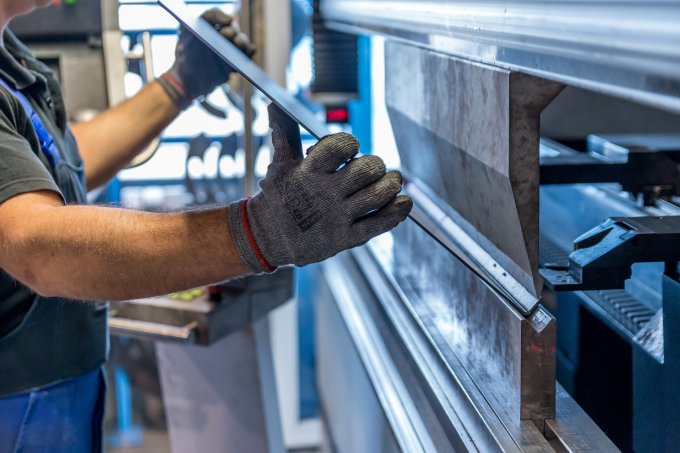- 8 January 2026
Aluminum machining is an important industrial process that involves various techniques and methods to give aluminum the desired properties and shape. In this article, we will discuss how to machine aluminum effectively, providing information on processes, tools and practical tips.
Aluminum is a popular construction material for many reasons. It is lightweight, strong and corrosion resistant. Properly machined, aluminum can find applications in a variety of fields, from aerospace to automotive.
Cutting aluminum is one of the basic machining processes. It can be performed with saws, shears, band saws or lasers. The choice of method depends on the thickness and shape of the aluminum.
Milling is the process of removing excess material using a rotary tool - a cutter. Aluminum milling allows for accurate shaping and finishing of surfaces.
Turning is a longitudinal machining process in which the work being machined rotates around its own axis. Aluminum turning is used to create cylindrical parts.
Aluminum drilling is the process of making holes in the material. It can be done by hand or with drills.
Aluminum bending is a process that allows the material to be given the desired shape. It can be done hot or cold, depending on your needs.

Cutting tools, such as saws, cutters and drills, are essential for cutting and forming aluminum. It is important to use the right tools that are designed for working with this material.
Abrasives, such as sandpaper or grinders, are used to finish the surface of aluminum. These help achieve a smooth and uniform surface.
The metal industry uses special machining machines, such as lathes, milling machines or presses, to automate aluminum machining processes.
Choosing the right machining technique depends on the type of project and the aluminum material. Some processes are more suitable for cutting, while others are more suitable for forming and finishing.
Working with aluminum can be dangerous, especially when using power tools. It is important to wear appropriate protective gear, such as safety glasses and gloves.
Regular tool maintenance is key to maintaining tool performance and extending tool life. Cleaning and lubricating tools after each use can prevent damage to them.
Aluminum machining requires practice and experience. Beginner operators may need time to master machining techniques.
Aluminum surface machining is an important process in the metal industry. The right techniques and tools allow aluminum to be cut, formed and finished with precision. In Poland, where aluminum is widely used, there are many companies that specialize in machining this material. Practice, experience and attention to safety are key when machining aluminum. With proper aluminum processing, the desired results can be achieved in the production and construction of various products.